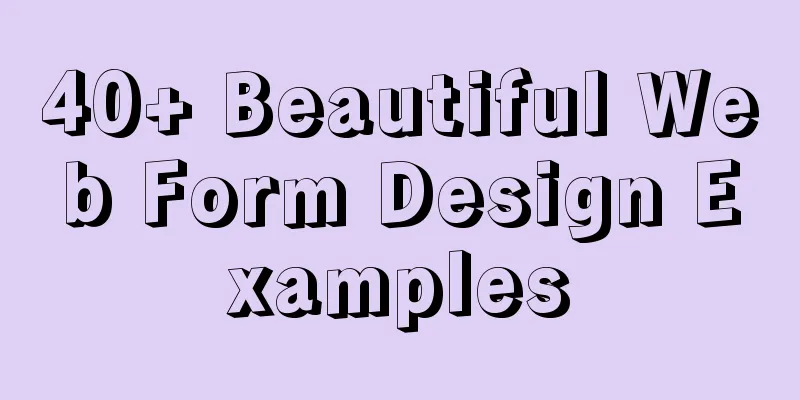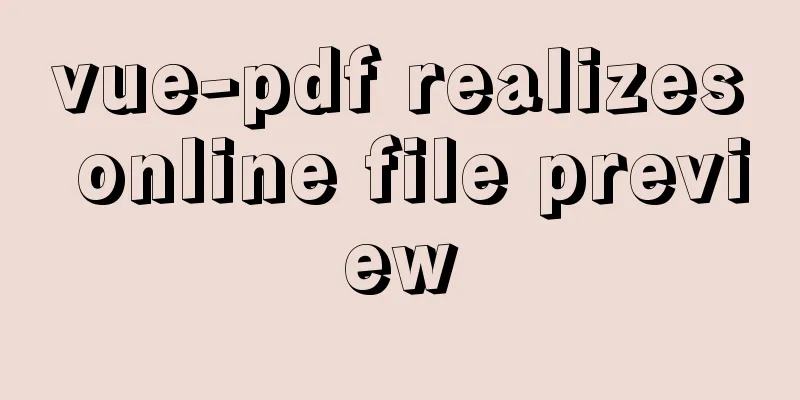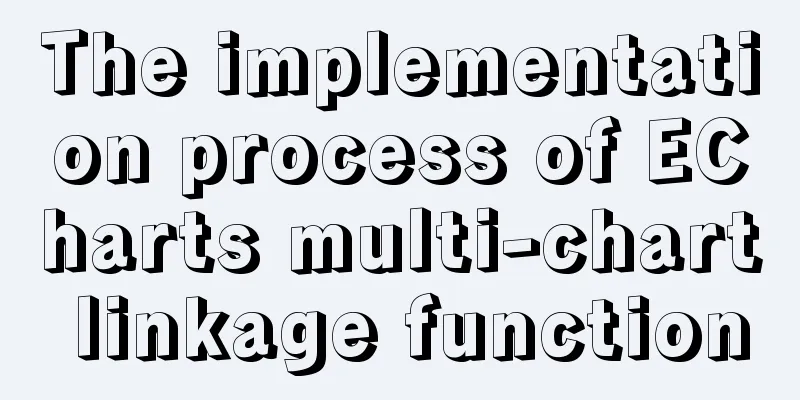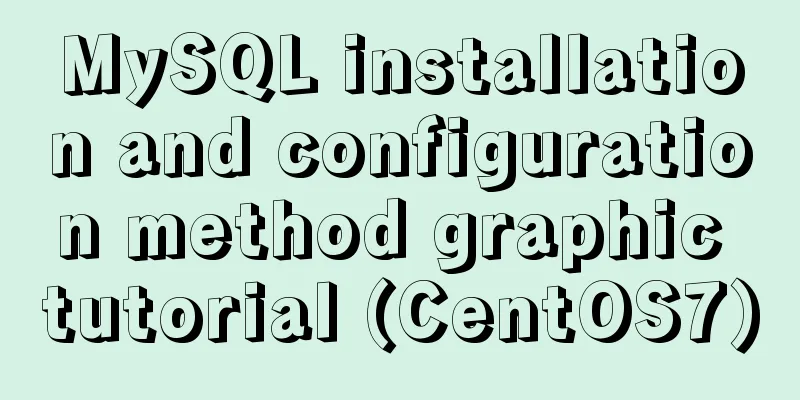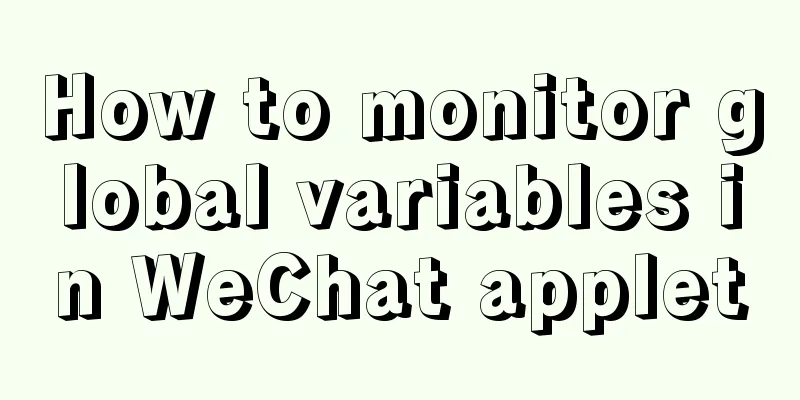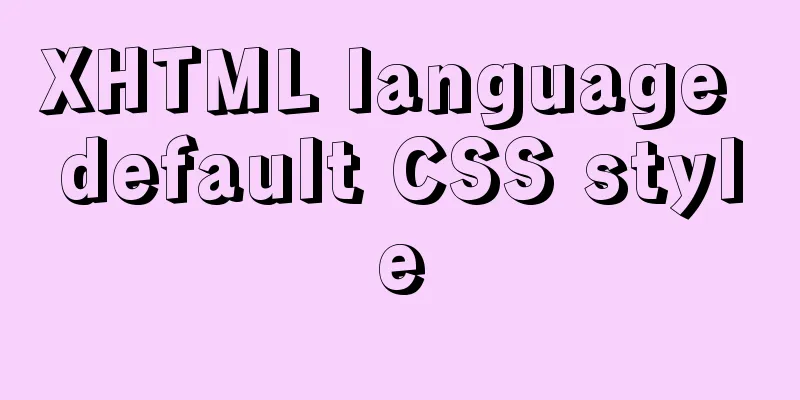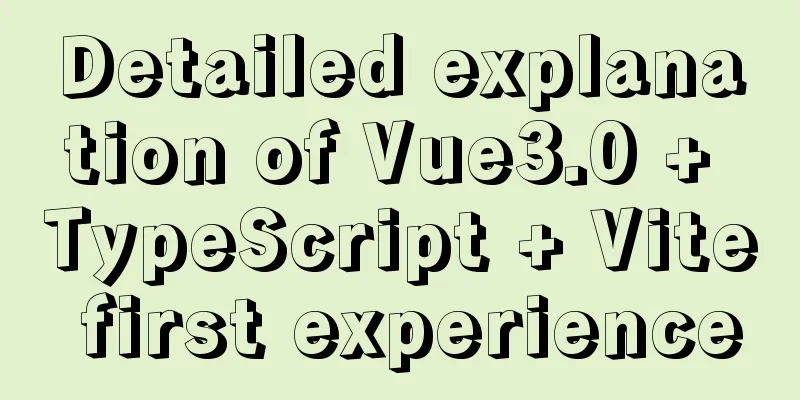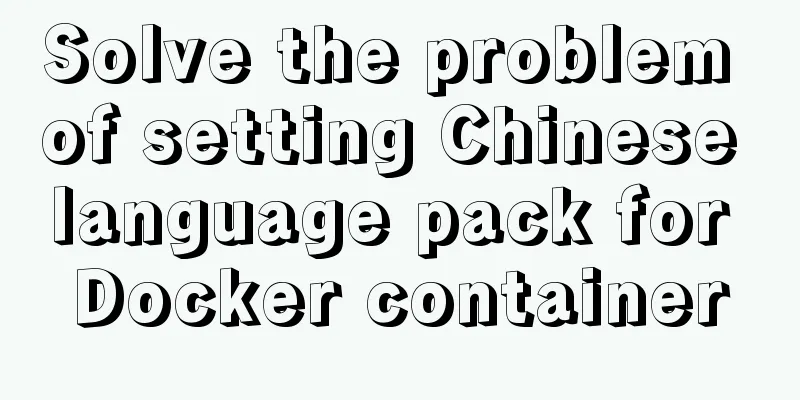Detailed explanation of filters and directives in Vue
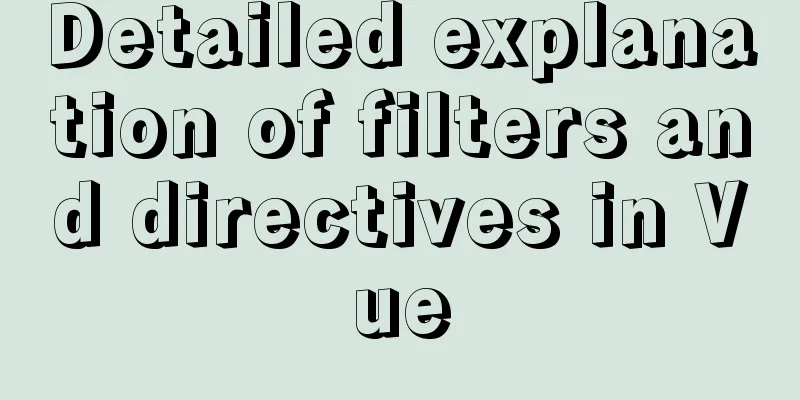
|
There are two types of filters in Vue: local filters and global filters Filters can be used for some common text formatting. Filters can be used in two places: double curly brace interpolation and v-bind expressions (the latter is supported since 2.1.0+). Filters should be added at the end of a JavaScript expression, indicated by the "pipe" symbol (official documentation)
<!-- in double curly braces -->
{{ message | capitalize }}
<!-- In `v-bind` -->
<div v-bind:id="rawId | formatId"></div>
1. Define a global filter without parameters
Vue.filter('capitalize', function(msg) {// msg is a fixed parameter, which is the data you need to filter if (!value) return ''
value = value.toString()
return value.charAt(0).toUpperCase() + value.slice(1)
})
2. Define a global filter with parameters
<div id="app">
<p>{{ msg | msgFormat('crazy','--')}}</p>
</div>
<script>
// Define a Vue global filter named msgFormat
Vue.filter('msgFormat', function(msg, arg, arg2) {
// string replace method, the first parameter, in addition to writing a string, can also define a regular return msg.replace(/simple/g, arg+arg2)
})
</script>
3. Local filter The definition and usage of local filters with and without parameters are the same as those of global filters. The only difference is that local filters are defined in the vue instance. The area where it works is also the area controlled by the vue instance
// Create a Vue instance and get the ViewModel
var vm = new Vue({
el: '#app',
data: {
msg: 'msg'
},
methods: {},
//Define private local filters. Filters can only be used in the current vue object: {
dataFormat(msg) {
return msg+'xxxxx';
}
}
});
vue custom directiveVue has many built-in instructions, such as v-model, v-show, v-html, etc., but sometimes these instructions cannot satisfy us, or we want to add some special functions to the elements. At this time, we need to use a very powerful function in Vue - custom instructions. Before we begin, we need to make it clear that the problem or usage scenario that custom instructions solve is to perform low-level operations on ordinary DOM elements, so we cannot use custom instructions blindly. Global Directives
Vue.directive('focus', {
// When the bound element is inserted into the DOM...
inserted: function (el) {
// Focus element el.setAttribute('placeholder', 'This is added by a custom instruction')
el.focus()
}
})
Local instructions
directives: {
focus:
// Definition of instruction inserted: function (el) {
el.focus()
}
}
}
use Hook functions (both optional)bind: Called only once, when the directive is first bound to an element. Here you can perform a one-time initialization setup. inserted: called when the bound element is inserted into the parent node (it only guarantees that the parent node exists, but has not necessarily been inserted into the document). update: Called when the VNode of the component is updated, but it may happen before its child VNodes are updated. The value of the instruction may or may not have changed. But you can ignore unnecessary template updates by comparing the values before and after the update (see below for detailed hook function parameters). componentUpdated: Called after the VNode of the component where the instruction is located and its child VNodes are all updated. unbind: Called only once, when the directive is unbound from the element. Usage and parametersExecute in order
//Custom directive Vue.directive('focus', {
bind: function (el, binding, vnode) {
console.log("1")
},
inserted: function (el, binding, vnode) {
console.log("2");
},
update: function (el, binding, vnode, oldVnode) {
console.log("3");
},
componentUpdated: function (el, binding, vnode, oldVnode) {
console.log('4');
},
unbind: function (el, binding, vnode) {
console.log('5');
}
})
The above is a detailed explanation of the filter and directive in Vue. For more information about the filter and directive in Vue, please pay attention to other related articles on 123WORDPRESS.COM! You may also be interested in:
|
<<: Raspberry Pi msmtp and mutt installation and configuration tutorial
>>: Summary of Docker configuration container location and tips
Recommend
Linux system MySQL8.0.19 quick installation and configuration tutorial diagram
Table of contents 1. Environment Introduction 2. ...
Solution to the problem that order by is not effective in MySQL subquery
By chance, I discovered that a SQL statement prod...
In-depth understanding of the use of Vue
Table of contents Understand the core concept of ...
Docker sets up port mapping, but cannot access the solution
#docker ps check, all ports are mapped CONTAINER ...
How to deploy nginx with Docker and modify the configuration file
Deploy nginx with docker, it's so simple Just...
Binary Search Tree Algorithm Tutorial for JavaScript Beginners
Table of contents What is a Binary Search Tree (B...
Markodwn's detailed explanation of the idea of synchronous scrolling with title alignment
Preface I need to add a synchronized scrolling fe...
MySQL helps you understand index pushdown in seconds
Table of contents 1. The principle of index push-...
Solve the problem that the repository and tag names are both none after Docker loads a new image
You can use the command: docker tag [image id] [n...
How to install MySQL 5.7 from source code in CentOS 7 environment
This article describes how to install MySQL 5.7 f...
MySQL 5.7.17 Compressed Version Installation Notes
This article shares the installation steps of MyS...
JS practical object-oriented snake game example
Table of contents think 1. Greedy Snake Effect Pi...
Pure CSS implementation of radio and checkbox effect example
radio-and-checkbox Pure CSS to achieve radio and ...
JS Difficulties Synchronous and Asynchronous and Scope and Closure and Detailed Explanation of Prototype and Prototype Chain
Table of contents JS Three Mountains Synchronous ...
Let’s talk about the symbol data type in ES6 in detail
Table of contents Symbol Data Type The reason why...
